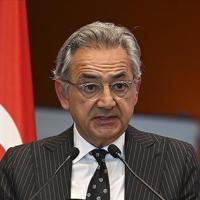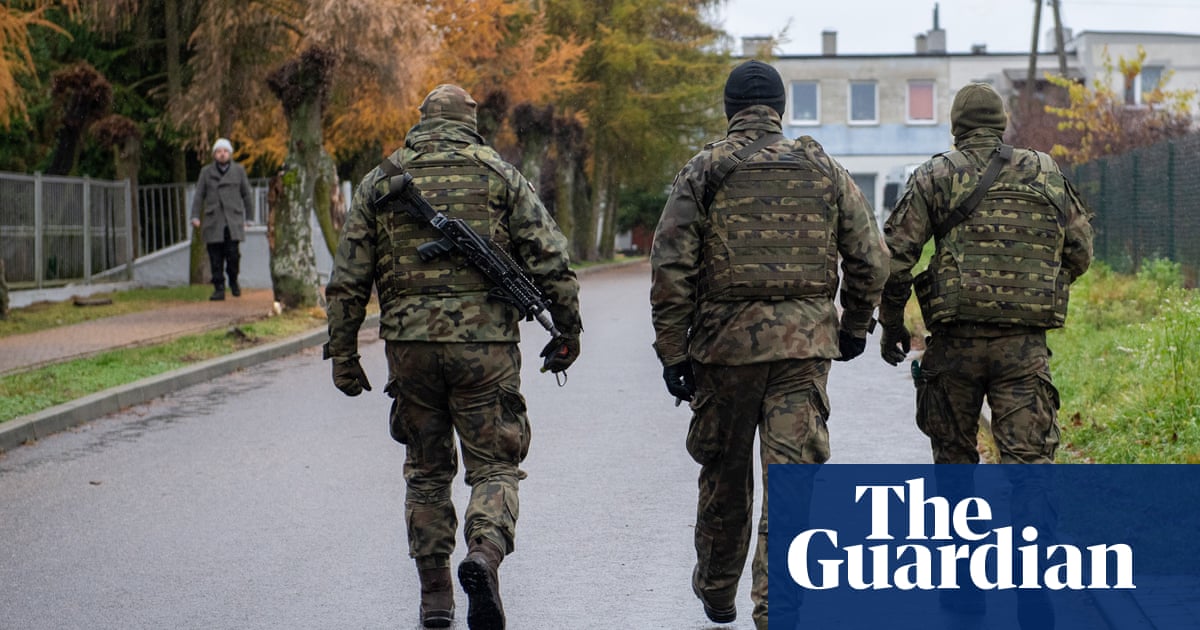European Leaders Draft Peacekeeping Plan for Ukraine With U.S. Forces as ‘Backstop’

By Anthony Marcus for Eurasia Business News, February 23, 2025. Article no.1430.
European leaders are currently formulating a peacekeeping plan for Ukraine, which involves deploying up to 30,000 European troops with U.S. military support as a critical “backstop.” This initiative arises amid ongoing negotiations between the U.S. and Russia regarding a potential ceasefire, which notably excludes Ukrainian participation. Macron and Starmer head to Washington to meet with president Trump as Europe designs a force to enforce peace in Ukraine.
Key points of the proposed plan include:
Troop Deployment: The draft plan envisions fewer than 30,000 European troops stationed in Ukraine, particularly at key infrastructure sites such as nuclear power plants and urban areas, rather than along the front lines. This approach aims to minimize direct confrontation with Russian forces while ensuring critical locations are monitored and secured.
U.S. Military Support: A significant aspect of this plan is the requirement for U.S. military backing. British Prime Minister Keir Starmer emphasized that a U.S. “backstop” is essential to deter any future Russian aggression against deployed European forces. This may involve U.S. fighter jets and missiles stationed in Eastern Europe, ready to respond if Russia violates the terms of a ceasefire agreement on Ukraine.
Technological Monitoring: The operation would rely heavily on advanced surveillance technologies, including drones and satellites, to monitor the situation remotely. This strategy is designed to provide a comprehensive overview of the security landscape in Ukraine without necessitating a large troop presence on the front lines.
Political Context: The backdrop of this plan includes recent discussions between U.S. President Donald Trump and Russian President Vladimir Putin, which have raised concerns among European leaders about potential concessions that could undermine Ukraine’s sovereignty. European officials are keen to ensure that any peace agreement does not repeat past mistakes that allowed Russia to annex territory.
Challenges Ahead: Despite the outlined strategy, there are significant hurdles to its implementation. Notably, there is opposition from several European nations regarding troop deployment, and skepticism remains about whether the U.S. will commit to providing the necessary military support.
As discussions progress, Starmer’s upcoming meetings with Trump will be pivotal in determining the feasibility of this peacekeeping initiative and securing American involvement in ensuring Ukraine’s future security post-conflict.
European leaders have expressed several concerns regarding the potential deployment of troops to Ukraine as part of a peacekeeping mission.
Security Risks: Leaders worry about the implications of deploying troops in a conflict zone where Russian forces are still present. The presence of approximately 600,000 Russian troops raises fears that any deployed European forces could be vulnerable to renewed aggression if a ceasefire does not hold.
Dependence on U.S. Support: Many European leaders stress that any successful deployment would require substantial U.S. military backing. British Prime Minister Keir Starmer highlighted the necessity of a U.S. “backstop” to effectively deter further Russian attacks, indicating that European forces alone may not be sufficient for security guarantees.
Political Ramifications: The geopolitical landscape is complicated by U.S. President Donald Trump’s recent outreach to Russia, which has led to fears among European leaders that Ukraine might be sidelined in negotiations, potentially leading to unfavorable concessions for Kyiv. This situation has caused anxiety about the future security of Europe and its ability to respond effectively to Russian expansionism.
Logistical Challenges: There are practical concerns regarding where the troops would come from, as many countries face limitations on troop availability due to existing commitments or constitutional constraints. For instance, Poland has ruled out sending its soldiers to Ukraine but is willing to provide logistical support.
Need for a Sustainable Peace Agreement: Leaders agree that any troop deployment should only occur after a viable peace agreement is established between Ukraine and Russia. Experts suggest that without such an agreement, any peacekeeping mission would lack legitimacy and effectiveness.
President Trump has excluded so far European leaders and Ukrainian president from the negotiations with Russia. This method raised fears he is targeting a quick agreement with Vladimir Putin that he would then impose on Kyiv. The European powers won’t be able to help Ukraine without support from U.S. airpower and missile technology.
U.S. Special Envoy for Ukraine and Russia, Keith Kellogg, suggested that Europe might not have a place at the table during peace negotiations with Russia, arguing that too many voices could derail negotiations.
The situation is further complicated by Trump’s insistence on increasing European defense spending and his criticism of NATO commitments, which many see as undermining the alliance’s foundational principles. Analysts suggest that Trump’s approach could exacerbate divisions within Europe and weaken collective security efforts against Russian aggression.
Our community already has nearly 145,000 readers!
Subscribe to our Telegram channel
Follow us on Telegram, Facebook and Twitter
© Copyright 2025 – Eurasia Business News. Article no. 1430.
Related
European markets fall and euro soars amid Trump tariff delays
European stock markets have slumped after Donald Trump’s second reversal on tariffs caused deep uncertainty among investors, while the euro was on track for i
European Central Bank cuts interest rates, keeps door ajar to…
Open this photo in gallery:The European Central Bank headquarters, in Frankfurt, Germany, on June 6, 2024.Wolfgang Rattay/ReutersThe European Central Bank cut i
European security, economy without Türkiye ‘impossible,’ says business leader –…
ISTANBUL Türkiye’s strategic importance for Europe's future is both undeniable and multifaceted, encompassing critical areas suc
Westcon-Comstor promotes Rene Klein to lead unified European business
Westcon-Comstor has announced the appointment of Rene Klein as executive vice president for EMEA, tasked with leading the company’s new unified leadership st











